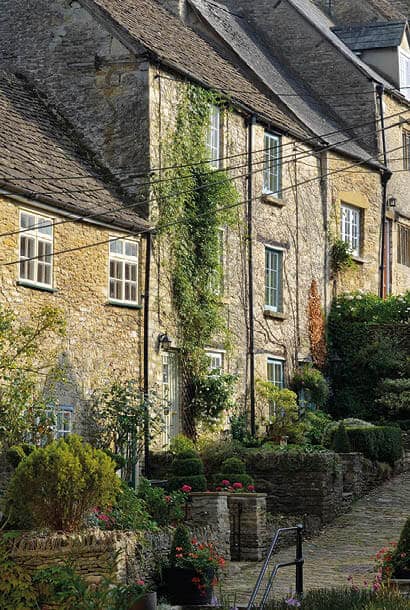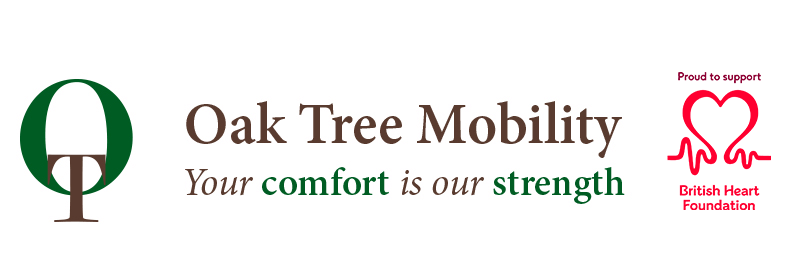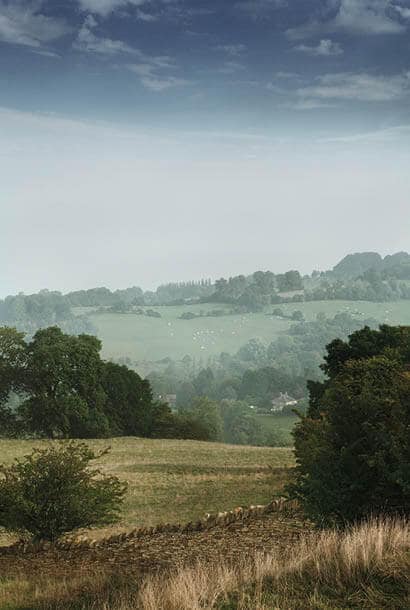JB Priestley wrote in 1933 that the Cotswolds is ‘the most English and least spoiled of all our countrysides’. While it is true that the area does cater to tourists and is in turn extremely popular with visitors, no UK travel itinerary would be complete without including the Cotswolds. This article examines the features that make this national treasure such a must-see destination.
In 1966, the Cotswolds – a district of limestone hills in Southern England twenty five miles across and ninety miles long – was declared an Area of Outstanding Natural Beauty. Never was a title so well deserved. Indeed, few places of interest in England are as bewitching as the Cotswolds with its honey-coloured villages, chocolate-box architecture and rolling green hills. The true extent of the Cotswolds’ reach is illustrated by the fact that it falls mostly in Gloucestershire but also extends into the counties of Oxfordshire, Somerset, Wiltshire, Warwickshire and Worcestershire.
The prosperity of the Cotswolds, which means ‘sheep enclosure in rolling hillsides’, grew significantly between the fourteenth and sixteenth centuries as a result of the medieval wool trade. The area benefited, ironically, from having thin soil that made it troublesome to plough but which was ideal for grazing sheep. Local sheep, brought to England by the Romans, became known as ‘Cotswolds Lions’, and their wool was said to resemble golden fleece. Although it is an uncommon breed now, the so-called ‘Cotswolds Lion’ – which is large, hornless and white-faced with long wool – was responsible for an influx of money into England and the Cotswolds.
Abbeys and monasteries raised huge flocks of sheep, and wool merchants made fortunes from cloth manufacturing. Their wealth inspired a building spree; churches, manors and town houses sprouted up in most Cotswold towns and villages. The distinctive fully-developed Cotswold style isn’t particularly ornate, though it does rely somewhat upon borrowing decorative elements from classical architecture.
Crucially, the material used to build the Cotswold structures is oolitic limestone, which varies subtly in colour depending on the part of the region from which it has been quarried. Oolitic limestone is soft when quarried, making it easily carved or sawn, but on being exposed to air, it hardens. Although Cotswold stone looks different according to the time of day (the early morning and late afternoon sun usually makes it glow), it also differs depending where in the region you are. In the north, the stone is a rich gold, while in the west it’s silvery-grey and in the south it tends to be light grey.
The Industrial Revolution, which occurred between approximately 1760 and 1830, marked the decline of the Cotswolds’ heyday. Wool production, stimulated by more efficient forms of power, increased in northern England, taking business away from the Cotswolds. Nonetheless, the region’s scenery and architectural legacy saw it transformed into a magnet for tourists. There is certainly much to see in the region, such as the iconic dry stone walls that are built using an ancient technique in which the stones are held in place without mortar.
One of the most picturesque Cotswold villages is the charming Bourton-on-the-Water in Gloucestershire. The village is graced by the River Wind rush and has no less than five small footbridges made of local stone. Because of this, it has long been known as ‘the Venice of the Cotswolds’. Bourton-on-the-Water is usually inundated with tourists in the summer, but its Norman church, with its fourteenth-century chancel and domed Georgian clock tower, are well worth seeing throughout the year. The Model Village, popular with adults and children alike, is a one-ninth scale model of Bourton-on-the-Water and is also worth visiting.
 In order to see Cotswold stone at its finest, make time for Broadway in Worcestershire and Chipping Campden in Gloucestershire; both villages tend to glow a burnished gold in the early morning and late afternoon sun. Broadway is home to the Lygon Arms Hotel, an inn dating from the coaching area, while Chipping Campden is packed with historical landmarks, such as its ‘wool’ church, East Banqueting House and the seventeenth-century market hall. In comparison, the elegant Painswick in Gloucestershire is a superb example of silvery-grey limestone.
In order to see Cotswold stone at its finest, make time for Broadway in Worcestershire and Chipping Campden in Gloucestershire; both villages tend to glow a burnished gold in the early morning and late afternoon sun. Broadway is home to the Lygon Arms Hotel, an inn dating from the coaching area, while Chipping Campden is packed with historical landmarks, such as its ‘wool’ church, East Banqueting House and the seventeenth-century market hall. In comparison, the elegant Painswick in Gloucestershire is a superb example of silvery-grey limestone.
There are several historic castles, houses and palaces in the Cotswolds. The most significant of these is probably Sudeley Castle near Winchcombe in Gloucestershire. This medieval manor has long been connected with royalty; it was home to Henry VIII’s sixth and final wife, Catherine Parr, who is buried here, and was visited by Charles I. Another architectural gem, this time in Worcestershire, is Snowshill Manor, a Tudor landmark with terraced gardens overlooking orchards and farmland.
The Cotswold’s strong association with the English Civil War (which lasted from 1642 to 1651) is perhaps seen to best effect at Stow-on-the-Wold in Gloucestershire. On 21 March 1646, forces loyal to Charles I clashed with Oliver Cromwell’s parliamentary army just north of Stow-on-the-Wold. Fighting soon spilled into the town, culminating with a final battle in the market square. Some say the carnage was so great that ducks paddled in the blood that congealed at various points. One such area was afterwards named Digbeth (or ‘duck’s bath’) Street, lending some credence to the legend.
Traces of prehistory can also be found in the Cotswolds. The Rollright Stones near Chipping Norton in Oxfordshire consist of a circle of stones, a single standing stone and a separate group of stones, said to be three and a half millennia old. Near Winchcombe, a Stone Age burial mound known as Belas Knap dates from about 2,500 BC. Consisting of a false entrance and side chambers, the remains of thirty one people were found inside during excavations.
Whatever your interests, the Cotswolds offers a fascinating view into Britain’s past and is an appealing and attractive destination.








